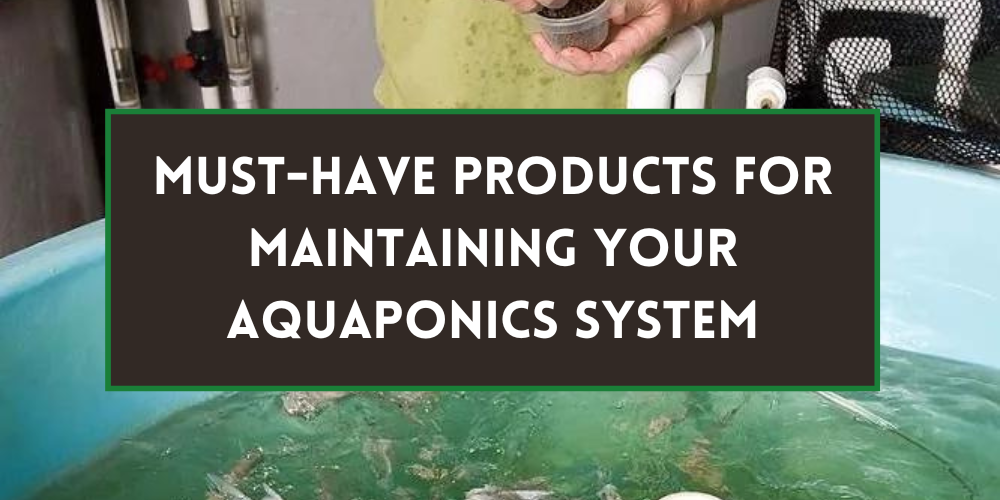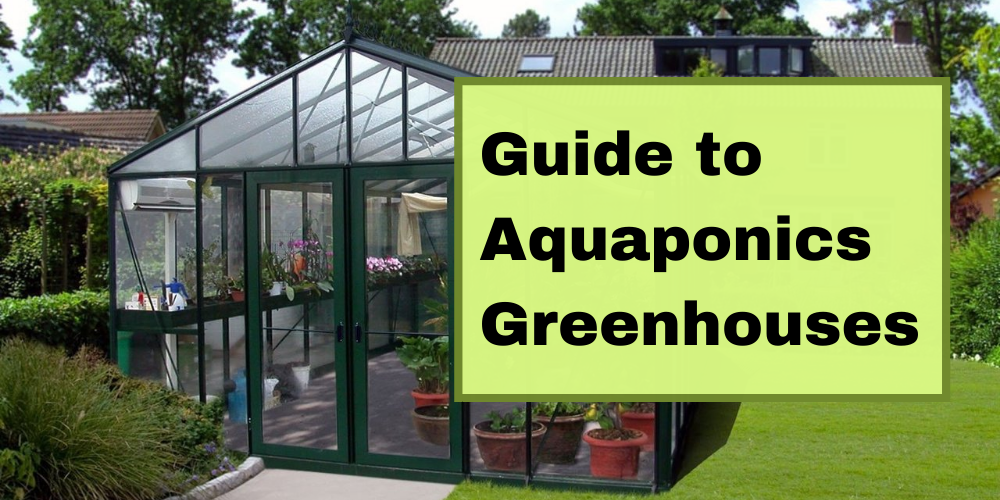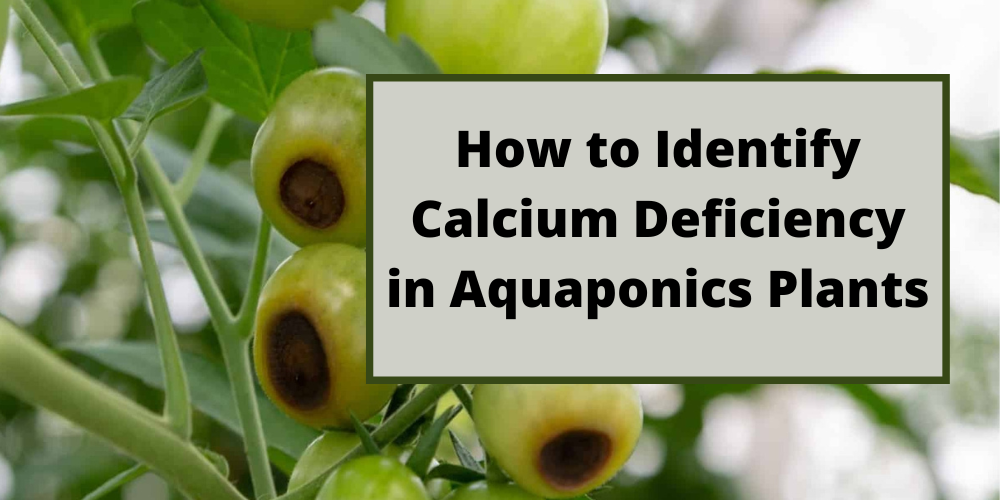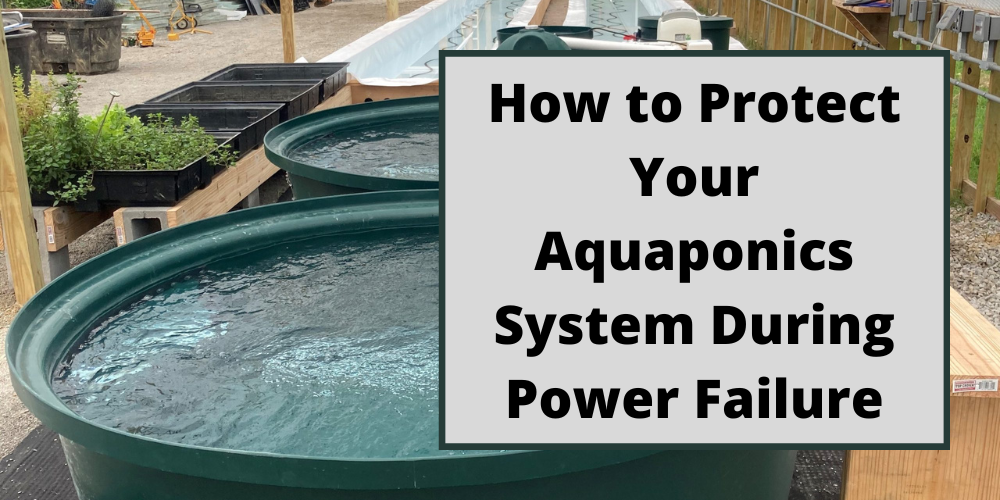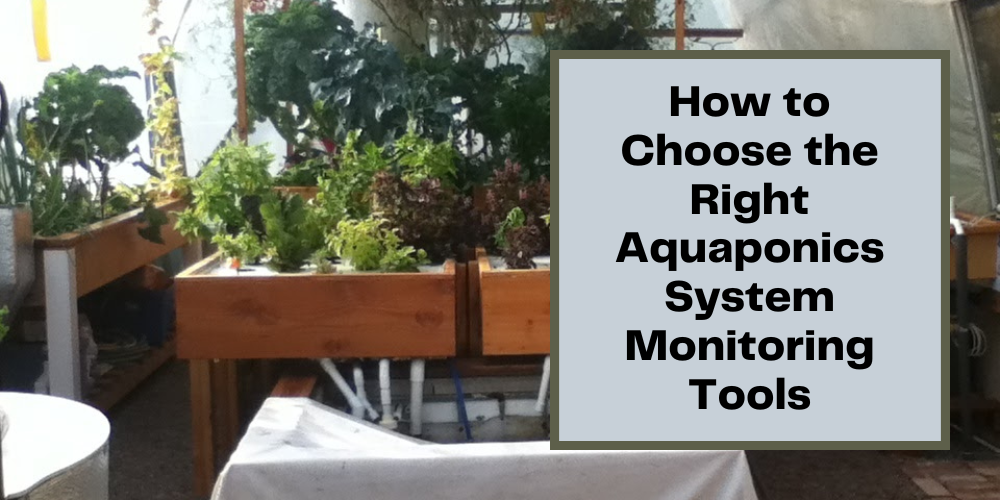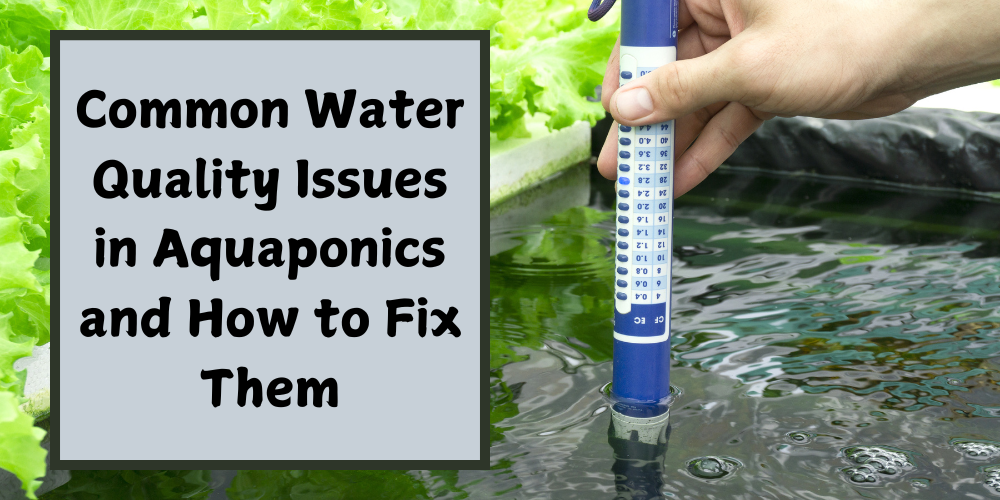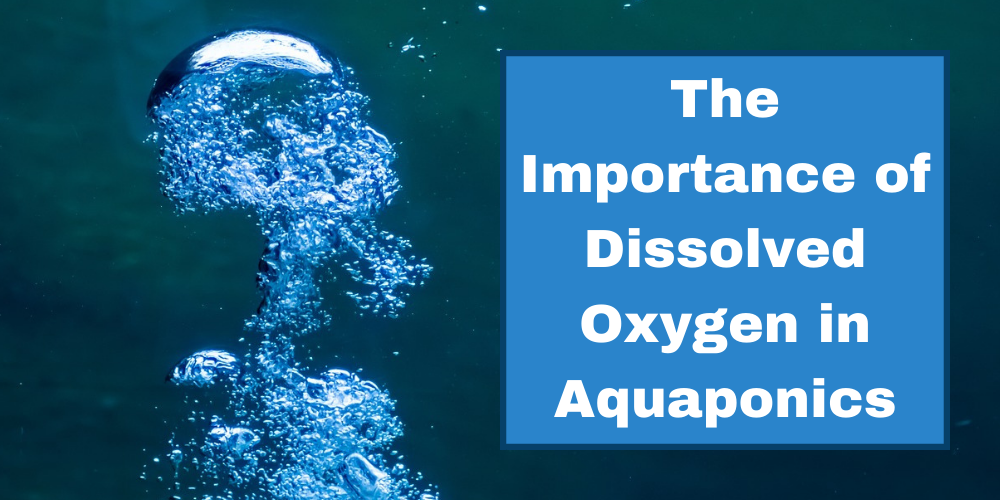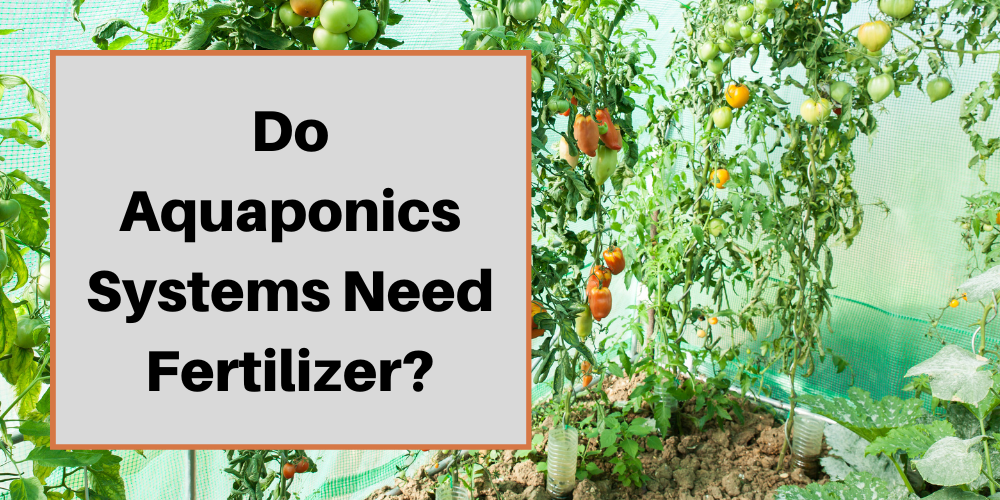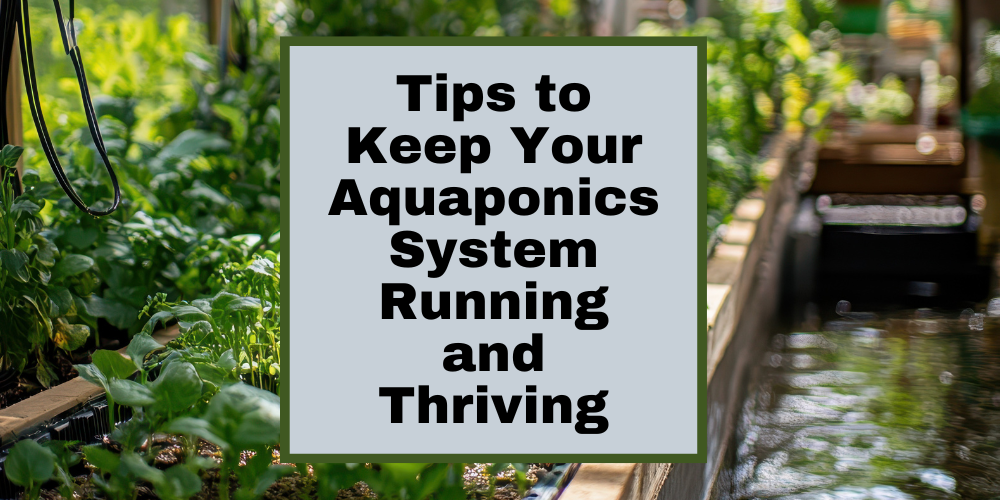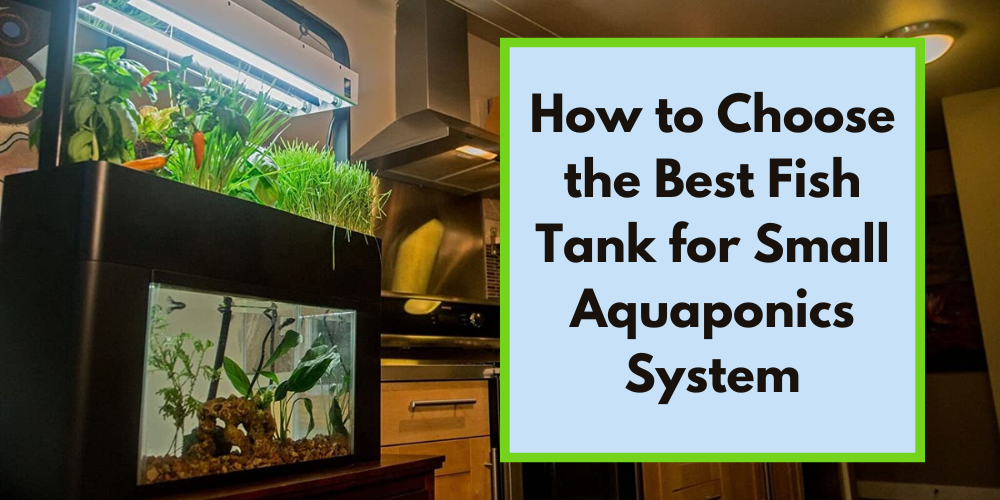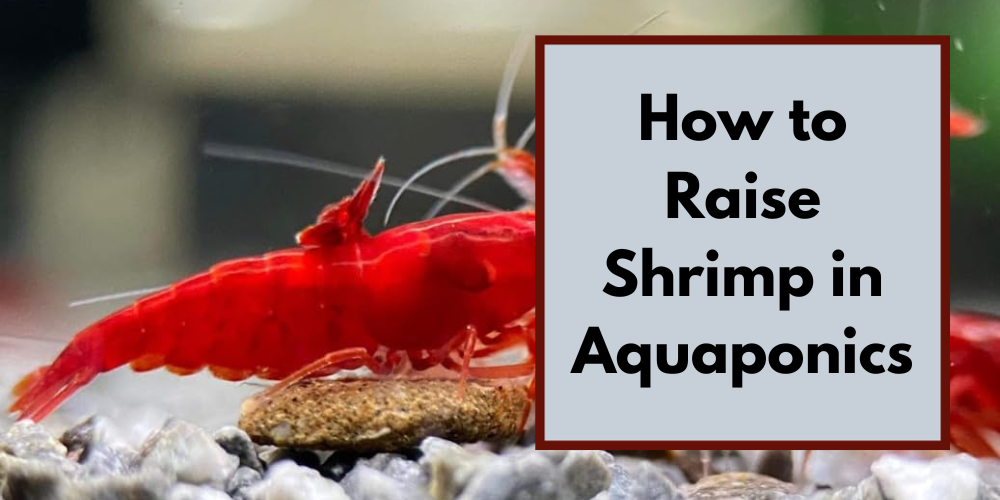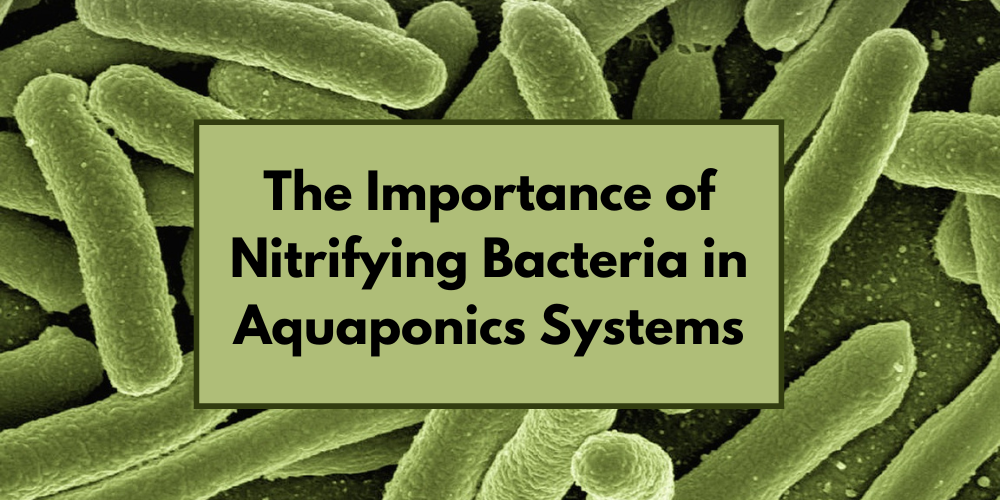Go Green Aquaponics Blog
Learn how to manage nutrient deficiencies in aquaponics with practical tips on diagnosing imbalances, using organic supplements, and maintaining water quality. Ensure healthy plant growth and a balanced ecosystem for your aquaponics system.
- December 22, 2025
Learn 10 essential tips to keep your aquaponics system running strong, from choosing the right fish and maintaining water quality to optimizing circulation and preventing pests. Stay informed and adaptable for long-term success.
- December 22, 2025
Discover the world of DIY aquaponics and learn how to build, maintain, and enjoy the sustainable benefits of this eco-friendly system. Explore our comprehensive guide for tips on designing, scaling, and harvesting the fruits of your aquaponics labor.
- December 22, 2025
Discover the nine essential tools every aquaponics beginner needs to keep plants thriving, fish healthy, and water clear, making maintenance simple.
- December 22, 2025
Unlock the secrets of sustainable and efficient farming in controlled environments with the ultimate guide to aquaponics greenhouses. Maximize your harvests today!
- December 22, 2025
Struggling with curled leaves or blossom-end rot in your aquaponics plants? Learn how to identify, treat, and prevent calcium deficiency using fish-safe solutions, plus get expert tips for long-term nutrient balance.
- December 22, 2025
Power failures can disrupt your aquaponics system, risking fish, plants, and bacteria. This guide covers how to prepare, emergency actions to take, and steps to restore your system safely. Stay ahead of outages and keep your aquaponics thriving!
- December 22, 2025
Choosing the right aquaponics monitoring tools ensures optimal water quality and system health. From manual test kits for affordability to digital meters for precision and automated systems for real-time alerts, each option has its benefits. This guide covers top-rated tools, features, and pricing to help you find the best fit for your system.
- December 22, 2025
Water quality is key to a thriving aquaponics system. Issues like pH imbalance, ammonia buildup, and low oxygen can harm fish and plants. This guide covers common problems, their causes, and simple solutions to keep your system healthy and productive.
- December 22, 2025
Discover the importance of dissolved oxygen in aquaponics and learn how to maintain optimal levels for healthier fish, faster plant growth, and a thriving ecosystem. Get expert tips on aeration, monitoring, and system design.
- December 22, 2025
Learn how to maintain nutrient balance in your aquaponics system. Discover best practices for feeding, monitoring, and system design to ensure healthy plants and thriving fish without the need for traditional fertilizers.
- December 22, 2025
Discover essential tips for maintaining a healthy aquaponics system with our comprehensive guide. Learn how to monitor and manage your system effectively, balance fish and plant populations, control water temperature, ensure proper oxygenation, and troubleshoot common issues. Keep your aquaponics setup thriving with practical advice and expert insights.
- December 22, 2025
Discover the guide to choosing the best fish tank for your small-scale aquaponics system. Learn factors to consider when selecting a fish tank, and explore our recommended best fish tanks for cost-effective options.
- December 22, 2025
Learn how to grow mint in an aquaponics system with our comprehensive guide. Discover the benefits, from sustainable gardening to fresh culinary delights. Get tips on planting, maintenance, harvesting, and using homegrown mint for a flavorful and aromatic experience.
- December 22, 2025
Unlock the secrets to successful shrimp aquaponics, and take your sustainable farming to the next level. Explore growth, health, and culinary delights as you savor the flavor of homegrown, eco-friendly shrimp.
- December 22, 2025
Learn how to protect your system from the cold, select the best winter plants, and embrace sustainable gardening year-round. Create a thriving, eco-friendly garden even in the coldest months. Read our guide now!
- December 22, 2025
Discover effective strategies for identifying, preventing, and remedying odors in aquaponics systems. Learn how to maintain a clean and thriving ecosystem for fish and plants with our blog.
- December 22, 2025
Learn the role that nitrifying bacteria plays in the nitrogen cycle of aquaponics systems. Our article explains how these beneficial bacteria convert fish waste into plant nutrients. We also provide tips for maintaining optimal conditions to ensure a healthy and productive aquaponics ecosystem.
- December 22, 2025






